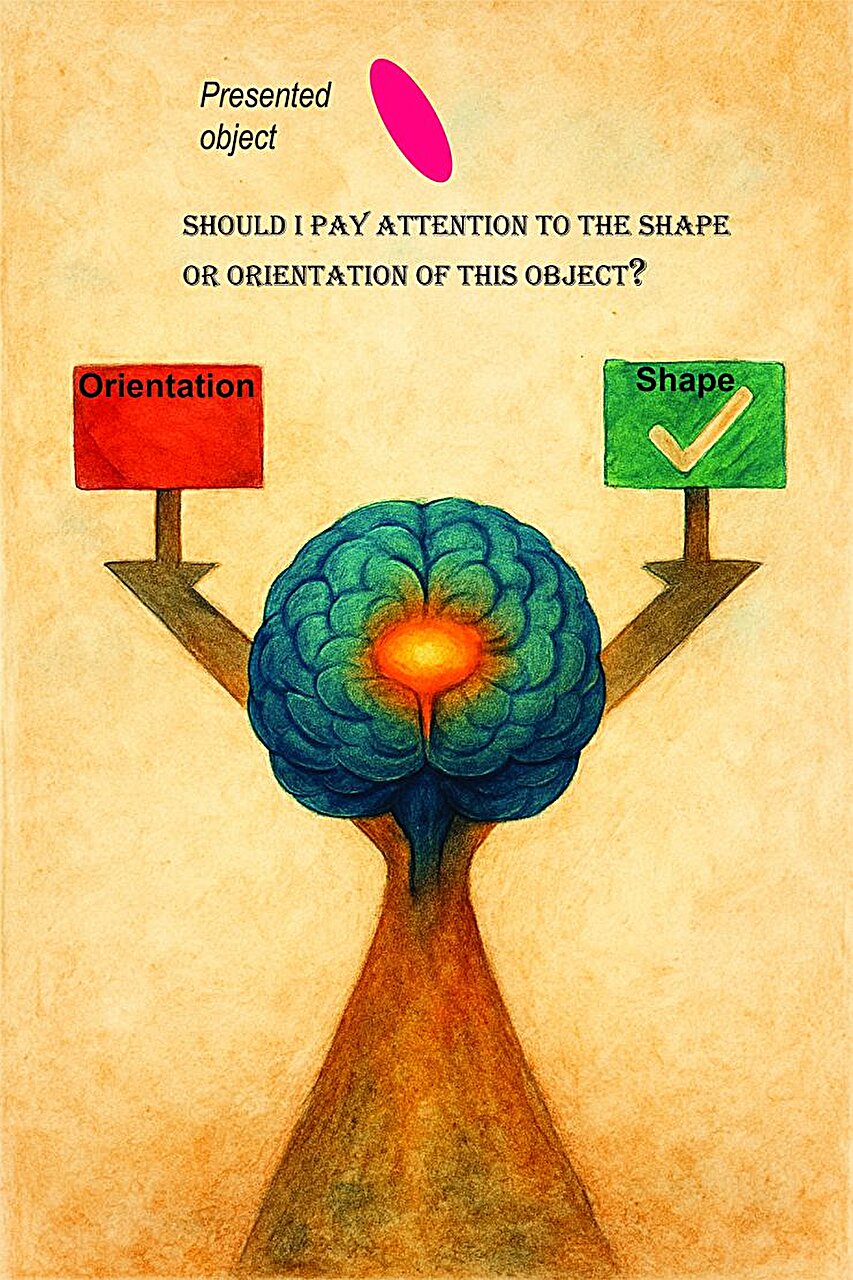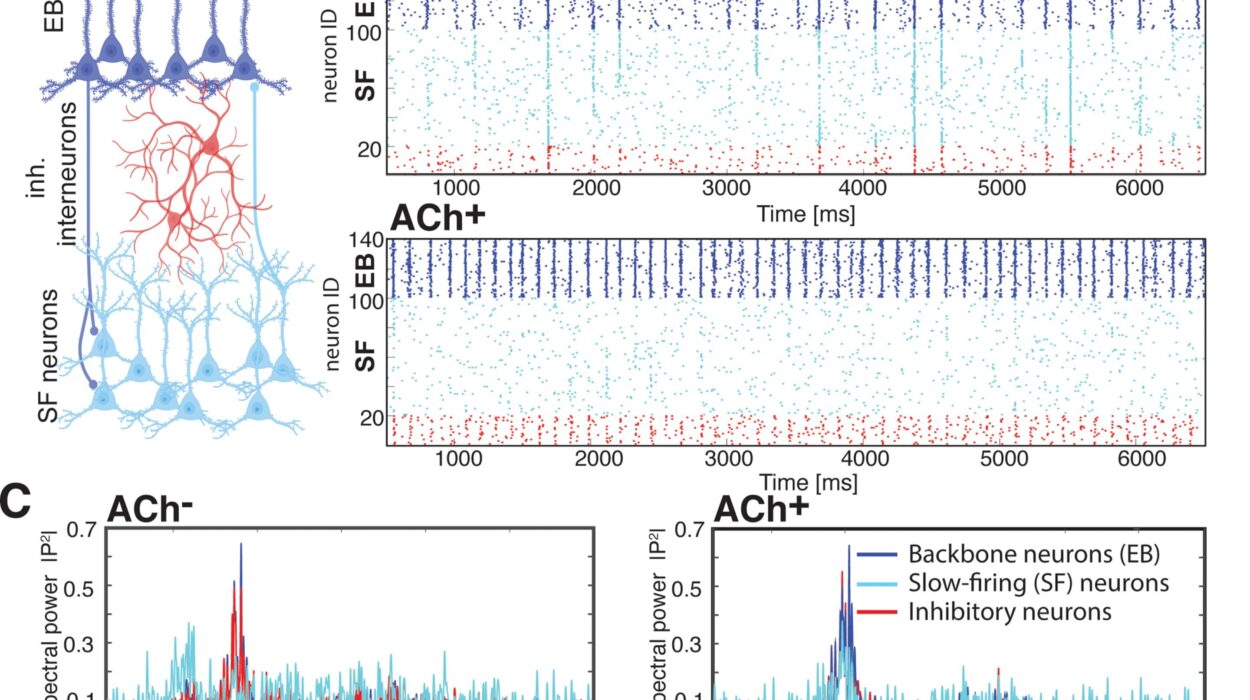For decades, the thalamus has been something of a backstage character in the grand drama of the human brain. Tucked deep in the brain’s center, it was long seen as a relay operator—a passive structure quietly passing signals between sensory inputs and the cerebral cortex. But now, a groundbreaking new study suggests this hidden hub may be far more influential than anyone imagined.
According to a collaborative team of neuroscientists from the University of Wisconsin–Madison and Stony Brook University, the thalamus doesn’t just forward messages like a switchboard. Instead, it actively shapes thought itself—selecting behavioral rules, influencing executive decisions, and steering cognitive flexibility. Their findings, published in the journal Neuron, offer a stunning new perspective on how the brain organizes complex mental functions—and could pave the way for new treatments for psychiatric and neurological disorders.
The Brain’s Hidden Strategist
Using a blend of cutting-edge techniques—including precision electrophysiology and computational modeling—the researchers peered into the electrical symphony of a primate’s brain while it completed mentally demanding tasks. Their focus was on higher-order thalamic nuclei—specific subregions of the thalamus that were traditionally overlooked in favor of the more celebrated prefrontal cortex.
But what they saw was unexpected.
Instead of acting as a passive bridge, the thalamus lit up with dynamic, coordinated activity. It wasn’t just echoing messages—it was guiding them, even altering the functional states of the prefrontal cortex. In essence, it was helping the brain decide how to think.
“This discovery offers a breakthrough in understanding how higher-level brain functions work,” said Dr. Sima Mofakham, one of the study’s co-authors and a professor of neurosurgery and engineering at Stony Brook University. “It could lead to new treatments for conditions like schizophrenia, ADHD, and brain injury using targeted brain stimulation.”
A Team Effort Spanning Brain and Machine
At the heart of this revelation was a sophisticated experiment. At the University of Wisconsin–Madison, neuroscientists led by Dr. Jessica Phillips and Dr. Yuri Saalmann conducted MRI-guided electrophysiological recordings as primates performed tasks that demanded attention switching, rule selection, and mental flexibility—the kind of abstract thinking long considered the exclusive domain of the prefrontal cortex.
Meanwhile, across the country at Stony Brook University, Dr. Mofakham and her colleagues—neurosurgeon Dr. Charlies Mikell and Ph.D. student Xi Cheng—built computational models to simulate how the thalamus and cortex interacted. These digital experiments not only mirrored the neural data but provided deeper insight into how the thalamus could modulate executive control.
What emerged was a coherent story: the thalamus doesn’t just relay information—it chooses which rules to apply, when to apply them, and how strongly to influence the decision-making circuitry in the cortex.
In other words, the thalamus may be more than a relay—it may be the brain’s hidden strategist.
Rethinking Brain Hierarchies
This finding challenges one of neuroscience’s most foundational assumptions: that the cortex is where the heavy intellectual lifting happens, while subcortical structures like the thalamus play a supporting role. For over a century, the prefrontal cortex has been heralded as the seat of abstract thought, self-control, and adaptive behavior.
But what if that story has been missing a chapter?
“This changes how we think about the architecture of thought,” said Dr. Mofakham. “We now see that executive control—switching goals, making decisions, applying rules—is a dialogue, not a monologue. The thalamus is an active conversational partner.”
The implications are profound. If the thalamus truly influences the brain’s most complex operations, it becomes a crucial player in disorders that affect cognition and control. And for patients suffering from schizophrenia, traumatic brain injury, or attention disorders, it opens up an entirely new frontier of therapeutic possibilities.
Implications for AI, Interfaces, and the Future of Thought
Beyond the clinic, the findings also raise fascinating questions about the future of brain-computer interfaces (BCIs) and artificial intelligence.
Most current BCIs focus on signals from the cortex. But if the thalamus is involved in interpreting intention, context, and mental flexibility, future systems might benefit from tapping into its signals directly. For example, AI algorithms or robotic assistants that aim to mimic human thought might need to model not just cortical logic, but thalamic guidance.
“We’re learning that intelligent decision-making isn’t just about logic,” said Dr. Mofakham. “It’s about context, timing, and flexibility—qualities that the thalamus appears to shape. This could inspire the next generation of adaptive machines.”
There’s also hope that deep brain stimulation—already used to treat conditions like Parkinson’s and depression—could one day target thalamic hubs to restore goal-oriented behavior in patients with severe cognitive impairments. By modulating thalamic activity, doctors might be able to reignite the executive spark in a struggling mind.
A New Frontier in Understanding Ourselves
This study does more than identify a new brain function. It invites a rethinking of the very nature of consciousness and decision-making. If a structure like the thalamus—long overshadowed by the cerebral cortex—can shape our most abstract choices, what else might we be missing about the architecture of the mind?
The work also illustrates how interdisciplinary collaboration—between neuroscientists, engineers, modelers, and physicians—can lead to major scientific leaps. It’s a reminder that the brain, for all its complexity, is still revealing its secrets.
As Dr. Mofakham puts it, “We’re only just beginning to understand how the brain makes decisions, and this study shows that some of the most important answers may lie in places we’ve overlooked.”
In the vast orchestra of the brain, it turns out the conductor might have been hiding in plain sight—quietly cueing the crescendos of thought, waiting for us to finally listen.
Reference: Jessica M. Phillips et al, Primate thalamic nuclei select abstract rules and shape prefrontal dynamics, Neuron (2025). DOI: 10.1016/j.neuron.2025.03.021






